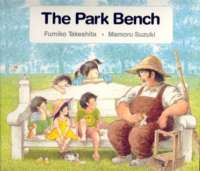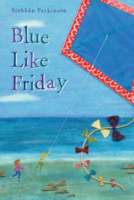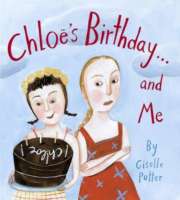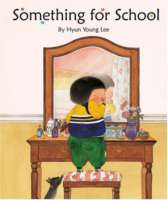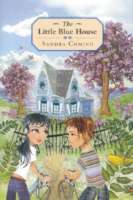
In a very small town in rural Argentina there is a magical house. The house is vacant and has been for as long as anyone can remember, but once a year, at midnight, the house turns blue, and 24 hours later it turns back to white again. Twelve-year-old Cintia lives with her father, an angry man who is sometimes violent. But Cintia finds comfort at her grandmother’s home, where there is always delicious food and fascinating tales about the town and about Cintia’s own family. Cintia is drawn to the little blue house even though both her father and grandmother forbid her to go there. And the town’s mayor, who hopes to turn the house into a money-making tourist attraction, tries to prevent anyone from visiting the place without paying. As the time approaches for the annual transformation of the house, more mysteries crop up. Cintia and her grandmother must make peace with Cintia’s father. The mayor’s plans must be confronted, and an old bookseller needs to find a way to save what is most important. And what about the rumors of buried treasure?


